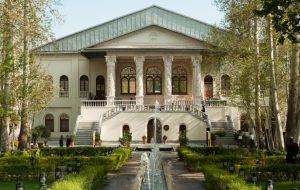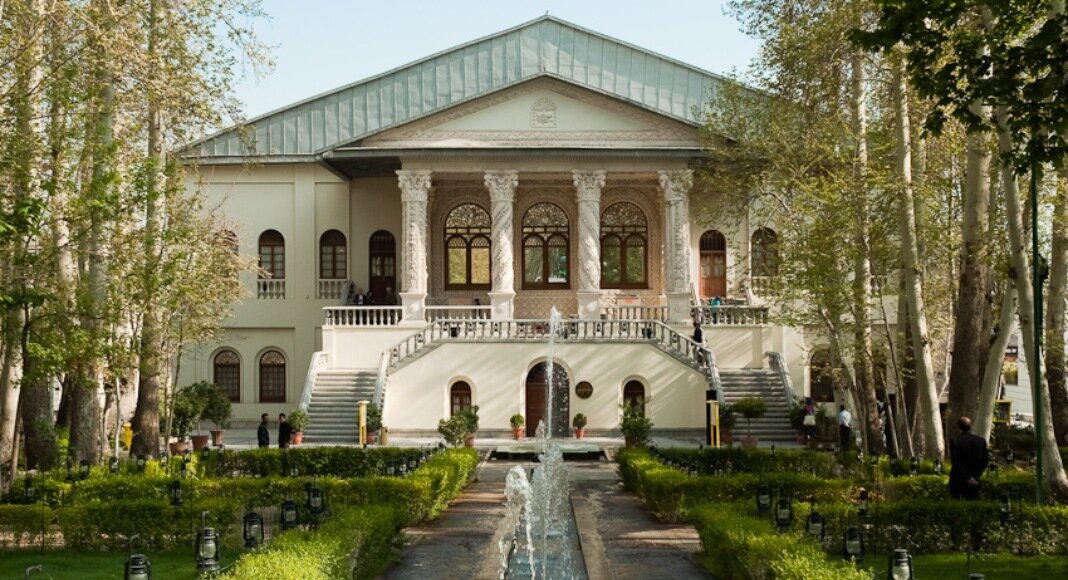Exploring Ferdows Garden: a historical gem in Tehran
TEHRAN- Nestled in the vibrant northern district of Tehran, Ferdows Garden, or Bagh-e Ferdows, is a hidden gem steeped in history and cultural significance. This beautiful garden, a remnant of the Qajar dynasty, is situated near Tajrish Square and has been transformed into the Cinema Museum of Iran, making it an essential destination for art


TEHRAN- Nestled in the vibrant northern district of Tehran, Ferdows Garden, or Bagh-e Ferdows, is a hidden gem steeped in history and cultural significance. This beautiful garden, a remnant of the Qajar dynasty, is situated near Tajrish Square and has been transformed into the Cinema Museum of Iran, making it an essential destination for art lovers, filmmakers, and anyone seeking a peaceful retreat.
Ferdows Garden dates back to the reign of Mohammad Shah Qajar in the 19th century, specifically around 1840. Originally part of a larger estate, the garden was constructed by one of the courtiers of the Qajar era, Haj Mirza Aghasi, who served as prime minister. The garden was designed to include two main buildings and expansive grounds that spanned what is now the affluent area of Tajrish.
Over the years, Ferdows Garden changed hands multiple times. Following the demise of its initial owner, the estate was inherited by his son, Doust Ali Khan. However, he showed little interest in preserving the beauty of the garden and allowed it to fall into disrepair. Eventually, it was purchased by a merchant named Haj Mirza Hossein, who restored the property and brought new life to the once-magnificent garden. By the time of Reza Shah Pahlavi’s rule, the garden had transformed significantly.
In 1937, Ali Asghar Hekmat, the then Minister of Education, acquired the property. The buildings were repaired, and a high school was established on the grounds. During the reign of Mohammad Reza Shah, the garden served as a venue for celebrating the 2,500th anniversary of the Persian Empire. After the Iranian Revolution in 1979, the garden briefly belonged to the Islamic Radio and Television Organization before being repurposed as the Museum of Cinema in 2002.
Today, Ferdows Garden spans 20,000 square meters, with the museum building itself occupying about 1,000 square meters. The complex consists of three and a half floors and features exquisite stuccowork and beautifully crafted ceilings that reflect the architectural brilliance of Persian design. The garden’s lush greenery and monumental old trees provide a serene backdrop that captivates all visitors.
As you enter Ferdows Garden, you are greeted by two striking bronze statues of prominent Iranian scholars, Suhrawardi and Ibn al-Haytham, inviting you to explore the rich history of Iranian art and culture. The main building, a splendid remnant of the garden’s glorious past, houses various exhibitions dedicated to the cinematic arts, serving as a shrine to the evolution of film in Iran.
The Museum of Cinema within Ferdows Garden is a treasure trove for enthusiasts of film and art. It provides an engaging overview of Iranian cinema, showcasing its milestones and evolution over the years. The museum houses several thematic halls, each dedicated to different aspects of the film industry.
Ferdows Garden is not just a museum; it is a vibrant cultural center equipped with modern amenities. Visitors can enjoy three cinema halls that screen new Iranian films. The garden is also home to cafes, which offer delightful refreshments and a cozy ambiance for relaxation. Additionally, the grounds contain a bookstore and cultural stalls selling various items, creating an inviting atmosphere for visitors to unwind.
Surrounding Ferdows Garden, there are numerous attractions worth exploring, such as the Archaeological Institute of Iran and the Time Museum, enhancing the experience of a day spent in this culturally rich neighborhood. For those interested in shopping or tasting local cuisine, the bustling Tajrish Market is just a short walk away.
Ferdows Garden stands as a testament to the resilience of Iranian art and culture, bridging the gap between history and modernity. Its transformation from a royal estate to a cinematic haven illustrates the evolving narrative of Iranian society. Whether you are a film buff, a history enthusiast, or simply looking for a serene place to unwind, Ferdows Garden offers a unique experience that transcends time and space. This cultural oasis in northern Tehran is a must-visit for anyone seeking to delve into the artistic heritage of Iran.
SAB/
